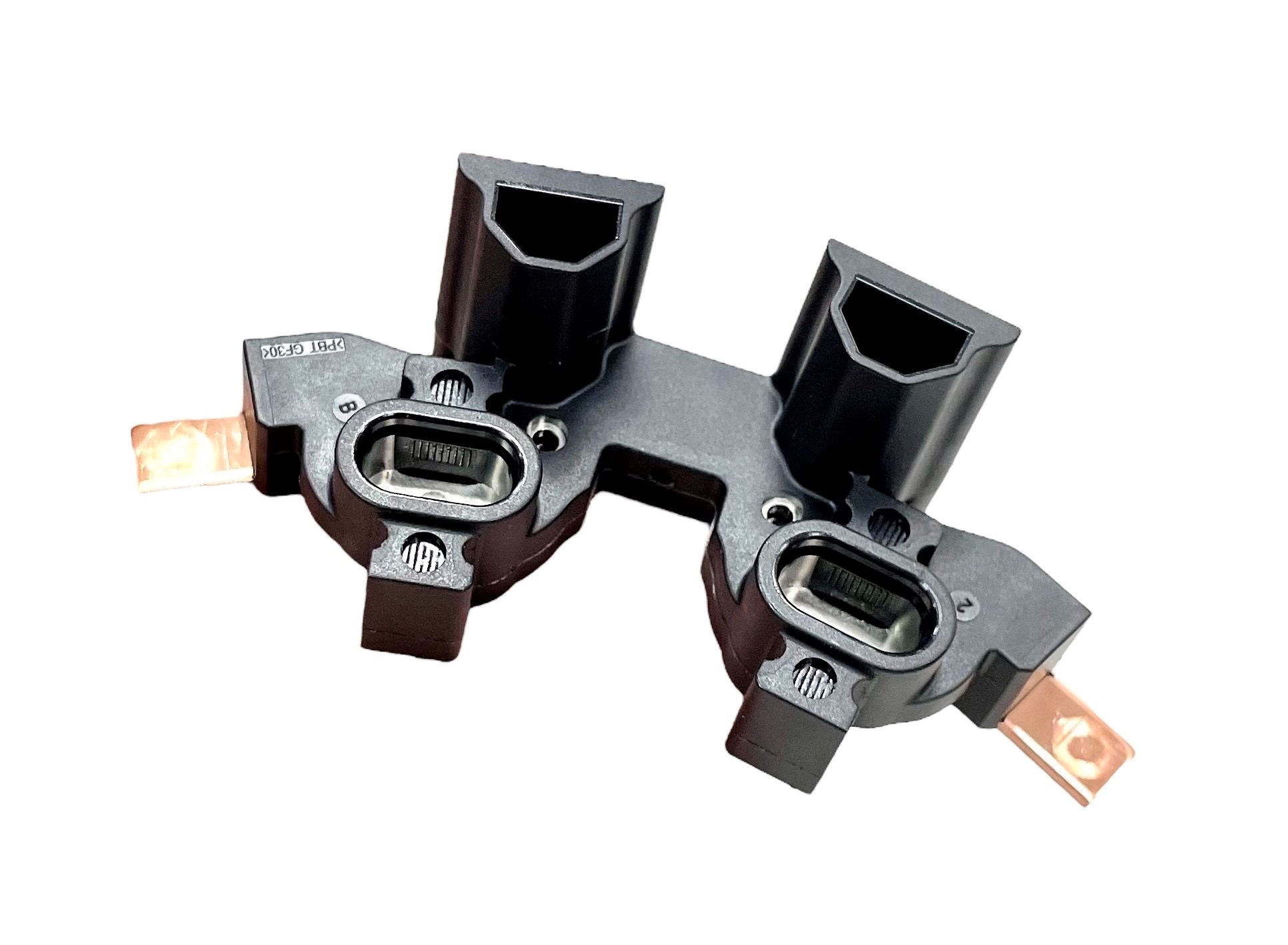Blog
Key elements for insert molding

Insert molding is a specialized injection molding process used to incorporate inserts or pre-formed components into plastic parts during the molding process. The key elements for successful insert molding include:
-
Mold Design: Designing the mold is a critical aspect of insert molding. The mold must be designed to accommodate the insert(s) securely and accurately position them within the mold cavity during the injection process. This includes features such as insert cavities, gates, and ejector pins.
-
Insert Selection: Choosing the right inserts is essential for insert molding. Inserts can be made of various materials such as metal, plastic, or ceramics, depending on the application requirements. The inserts should have proper surface treatments or features to promote adhesion and mechanical bonding with the molded plastic.
-
Insert Preparation: Proper preparation of the inserts is necessary to ensure successful bonding with the plastic material. This may include cleaning, degreasing, surface treatment (e.g., etching, plasma treatment), or applying adhesives or primers to enhance adhesion between the insert and the molded plastic.
-
Injection Molding Machine: Selecting the appropriate injection molding machine is crucial for insert molding. The machine should have sufficient clamp force, injection pressure, and temperature control capabilities to mold the plastic material around the inserts accurately and consistently.
-
Injection Molding Process Parameters: Optimizing the injection molding process parameters is essential for achieving high-quality insert-molded parts. This includes parameters such as injection speed, pressure, temperature, and cooling time, which should be adjusted to ensure proper flow of the plastic material around the inserts and minimize defects such as voids, sink marks, or warpage.
-
Material Compatibility: Ensuring compatibility between the insert material and the molding material is essential for successful insert molding. The materials should have similar coefficients of thermal expansion to minimize the risk of delamination or distortion during cooling and subsequent use.
-
Mold Venting: Proper mold venting is critical to allow air and gases to escape from the mold cavity during the injection process. Inadequate venting can result in trapped air pockets, voids, or surface defects in the molded parts.
-
Quality Control and Inspection: Implementing quality control measures and inspection procedures is necessary to verify the quality and integrity of the insert-molded parts. This may include dimensional inspection, visual inspection, and mechanical testing to ensure that the inserts are properly bonded, and the molded parts meet the required specifications.
-
Automation and Handling: Incorporating automation and handling systems can improve efficiency and consistency in insert molding operations. Automated systems for insert loading, molding, and part ejection can reduce cycle times, minimize manual labor, and improve overall productivity.
-
Post-Molding Operations: Planning for any post-molding operations such as trimming, machining, or assembly of the insert-molded parts is essential to achieve the final product specifications. These operations should be integrated seamlessly into the manufacturing process to minimize additional handling and processing steps.
